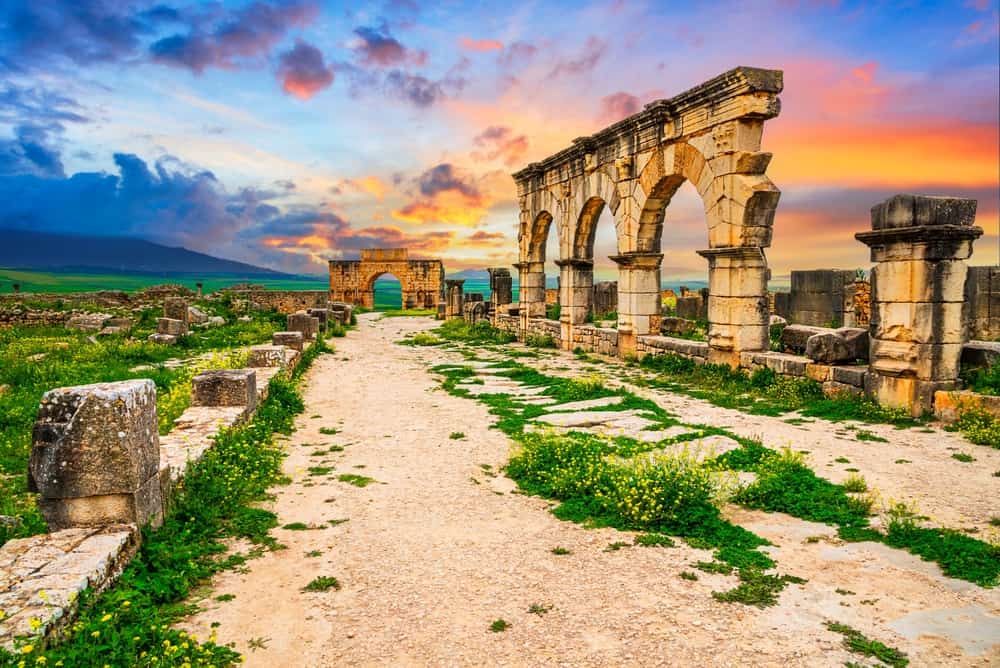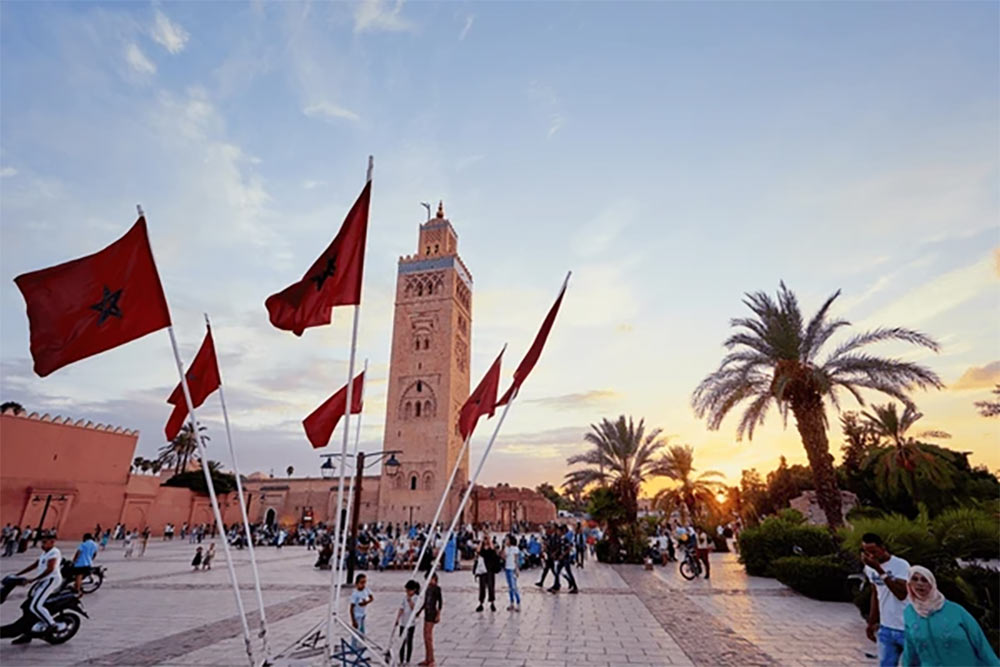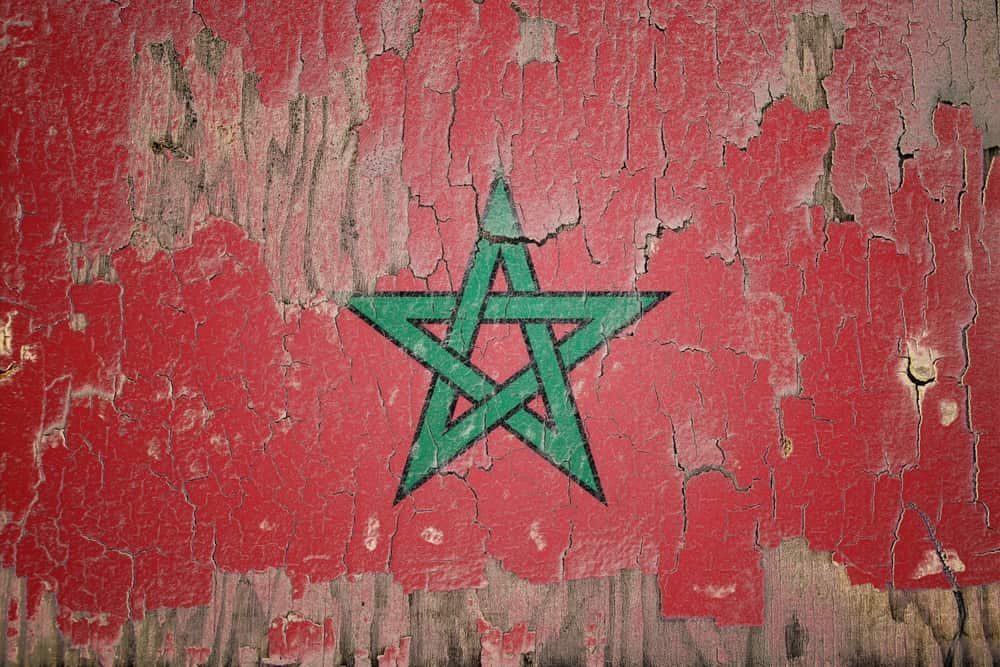Morocco has a rich history that spans thousands of years. This country’s past is filled with fascinating stories of ancient civilizations, powerful dynasties, and important events. From the Berbers, the earliest known inhabitants, to the influence of Phoenicians and Romans, Morocco’s early history is captivating. These ancient civilizations left their mark, shaping the country’s traditions and way of life.
As time passed, Islam arrived in Morocco, bringing significant changes. The establishment of various dynasties, like the Idrisid and Almoravid, played a crucial role in the country’s development. Each dynasty contributed unique elements to Moroccan culture, architecture, and society.
In modern times, Morocco experienced colonization by European powers, leading to a struggle for independence. The country’s journey from colonial rule to establishing its modern state is a testament to its resilience and determination.
Ancient Civilizations
Morocco’s history begins with its ancient civilizations. These early cultures set the stage for the country’s development and left lasting legacies.

Early Inhabitants: The Berbers
The Berbers, also known as Amazigh, were the first people to live in Morocco. Archaeological findings at sites like Jebel Irhoud show that early human ancestors lived in the region over 300,000 years ago. The Berbers have lived in the area for thousands of years. They were farmers, traders, and warriors, building villages in the mountains and deserts, adapting to different environments. Their language, culture, and traditions are still alive today. The Berbers played a big role in shaping Morocco’s identity.
Phoenician Influence and Settlements
Around 1100 BC, the Phoenicians arrived in Morocco. They were sailors and traders from the eastern Mediterranean. The Phoenicians built trading posts along the coast. One of the most important was Carthage, near present-day Tunisia. They traded goods like purple dye, glass, and metals. The Phoenicians brought new ideas and technologies to Morocco. Their influence helped connect Morocco to other parts of the ancient world.
Roman Conquest and Integration
In the 1st century AD, the Romans conquered Morocco. They made it part of their empire, calling it Mauretania Tingitana. The Romans built cities, roads, and aqueducts. Volubilis was one of the most famous Roman cities in Morocco. It had grand buildings, public baths, and beautiful mosaics. The Romans introduced new farming techniques and crops, improving agriculture. They also spread Roman law and culture. Even after the Roman Empire fell, their influence remained in Morocco.
Legacy of Ancient Civilizations in Modern Morocco
The ancient civilizations of Morocco left behind a rich legacy. The Berbers, Phoenicians, and Romans all contributed to the country’s culture and history. Today, we can see their impact in Morocco’s language, traditions, and architecture. Berber languages are still spoken, and Roman ruins like Volubilis attract visitors from around the world. Understanding these early civilizations helps us appreciate Morocco’s diverse and vibrant heritage.
Islamic Conquest and Early Dynasties
The arrival of Islam brought many changes to Morocco. This new religion shaped the country’s culture, government, and architecture. Early dynasties played a crucial role in this transformation.

The Arrival of Islam
In the 7th century, Arab armies spread Islam across North Africa. In 711 AD, they arrived in Morocco. The Berbers, who were the main inhabitants, quickly adopted Islam. This new faith united the people under a common religion. Islam influenced Moroccan laws, customs, and daily life. The Arabic language and Islamic teachings became central to Moroccan society. In the 8th century, the Berber Revolt led to the region gaining independence from the Umayyad Caliphate, marking a significant shift in power and influence.
The Idrisid Dynasty
The Idrisid Dynasty was the first Muslim dynasty in Morocco. It was founded by Idris I in 788 AD. Idris I was a descendant of the Prophet Muhammad. He fled to Morocco to escape persecution. The Berbers welcomed him and helped him establish the new dynasty. The Idrisids built the city of Fes, which became a center of learning and culture. Under the Idrisids, Morocco began to develop as an Islamic state with strong connections to the Muslim world.
The Almoravid Dynasty
The Almoravid Dynasty began in the 11th century. It was founded by a Berber group from the Sahara. The Almoravids were devout Muslims who wanted to spread their faith. They built a vast empire that included parts of Spain and West Africa. The Almoravids made Marrakech their capital. They introduced new architectural styles and built many mosques and schools. Their rule strengthened the role of Islam in Moroccan society.
The Almohad Dynasty
The Almohad Dynasty followed the Almoravids in the 12th century. They were another Berber group with strict Islamic beliefs. The Almohads expanded their empire even further, controlling much of North Africa and Spain. They built impressive structures like the Koutoubia Mosque in Marrakech and the Giralda in Seville. The Almohads were known for their scholarly achievements and promoted science, philosophy, and literature.
The Rise and Fall of Dynasties
Morocco’s history is marked by the rise and fall of many powerful dynasties. Each dynasty left a unique mark on the country’s culture, architecture, and governance.
The Marinid Dynasty
The Marinid Dynasty ruled Morocco from the 13th to the 15th century. They were Berbers from the Atlas Mountains. The Marinids built schools, mosques, and cities. They made Fes their capital and turned it into a center of learning. The University of Al Quaraouiyine in Fes became famous for its scholars. The Marinids also built the Bou Inania Madrasa, a beautiful school with intricate carvings. Their rule brought cultural and educational advancements to Morocco.
The Saadi Dynasty
The Saadi Dynasty came to power in the 16th century. They were originally from the Draa Valley. The Saadis fought off Portuguese invaders and unified Morocco. Their most famous ruler was Ahmed al-Mansur, known as “The Golden One.” He expanded Morocco’s territory into West Africa. The Saadis are known for their beautiful architecture, including the Saadian Tombs in Marrakech. These tombs are decorated with colorful tiles and delicate carvings. The Saadi Dynasty strengthened Morocco’s military and economy.
The Alaouite Dynasty
The Alaouite Dynasty began in the 17th century and still rules Morocco today. They claim descent from the Prophet Muhammad. The Alaouites restored order after a period of chaos. They established a strong central government. One of their notable rulers was Moulay Ismail, who built the city of Meknes. Meknes became famous for its grand palaces and gardens. The Alaouite Dynasty modernized Morocco and maintained its independence during European colonization. They continue to play a key role in Morocco’s politics and society.
Key Figures and Contributions:
- Idris I: Founded Fes and established Islamic governance
- Yusef ibn Tashfin: Expanded Almoravid empire
- Abd al-Mu’min: Built grand structures under Almohad rule
- Ahmed al-Mansur: Brought wealth and power during Saadi rule
- Moulay Ismail: Known for architectural achievements in Meknes
The Wattasid Dynasty
The Wattasid Dynasty ruled between the Marinids and Saadi, playing a significant role in Morocco’s history. They governed from the 15th to the early 16th centuries. Though their rule was short, the Wattasids contributed to the political landscape and worked to maintain stability during a period of transition.
Cultural and Architectural Contributions
The dynasties of Morocco made significant cultural and architectural contributions. The Idrisids founded Fes, which remains an important cultural center. The Almoravids and Almohads built many beautiful mosques and schools. The Saadis are known for their stunning tombs and palaces. The Alaouites modernized Moroccan cities and maintained traditional arts. These contributions enriched Morocco’s heritage and attracted visitors from around the world.
Colonial Period and Independence
Morocco’s modern history includes a period of European colonization followed by a struggle for independence. This era brought significant changes to the country.

European Colonization: French and Spanish Protectorates
In the early 20th century, European countries began to take control of parts of Morocco. France and Spain established protectorates in 1912. France controlled the central and southern parts, while Spain ruled the northern regions and parts of the Sahara. The French built new cities and roads. They introduced modern schools and hospitals. But many Moroccans were unhappy with foreign rule. They wanted to maintain their traditions and independence.
Struggle for Independence
The desire for independence grew stronger over time. Moroccans formed groups to fight against colonial rule. They organized protests and strikes. One important group was the Istiqlal Party, which means “Independence Party.” In 1953, the French exiled King Mohammed V, hoping to weaken the resistance. But this only made the Moroccans more determined. After years of struggle, Morocco finally gained independence in 1956. King Mohammed V returned and became the leader of the new nation.
Post-Independence Developments
After gaining independence, Morocco faced many challenges. The country needed to build a stable government and economy. King Mohammed V worked to unite the people and modernize the nation. His son, King Hassan II, continued these efforts. He focused on education, infrastructure, and industry. Under King Hassan II, Morocco built many new schools, roads, and factories. The country also faced political challenges, such as demands for democracy and social justice. Despite these challenges, Morocco has continued to grow and develop.
Modern Historical Events
In recent times, Morocco has experienced many important events. These events have shaped the country and its future.
The Green March
In 1975, Morocco launched the Green March. This was a peaceful protest to claim the Western Sahara from Spanish control. King Hassan II called on Moroccans to join the march. Over 350,000 people responded, carrying flags and Qurans. They marched into the Western Sahara, showing their desire for the land. The Green March led to negotiations, and Spain agreed to leave. Morocco took control of the Western Sahara, although the issue is still debated today.
Establishment of the Modern Moroccan State
After the Green March, Morocco focused on building a modern state. King Hassan II worked on reforms and development. He improved education, healthcare, and infrastructure. In 1999, King Mohammed VI became the new ruler. He continued his father’s work, focusing on human rights and economic growth. Under King Mohammed VI, Morocco has seen many positive changes. New projects like high-speed trains and renewable energy have helped modernize the country.
Contemporary Political and Social Changes
In the 21st century, Morocco has faced political and social changes. In 2011, during the Arab Spring, Moroccans called for reforms. King Mohammed VI responded by making changes to the constitution. These changes gave more power to the parliament and protected human rights. Morocco also worked on improving women’s rights and reducing poverty. Recent political and social movements, such as the Hirak Rif Movement, highlighted issues related to economic inequality and regional marginalization. Today, the country continues to balance tradition and modernity, aiming for a bright future.
Conclusion
Morocco’s history is rich and diverse. From ancient Berbers to modern times, many events have shaped the country. Understanding this history helps us appreciate Morocco’s culture and people.
Morocco’s history includes ancient civilizations, influential dynasties, and significant modern events. Each period has left a lasting mark on the country’s culture and development.
The past influences Morocco today. Ancient legacies and historical events shape the nation’s identity, traditions, and growth. Learning from history helps Morocco progress while honoring its heritage.
